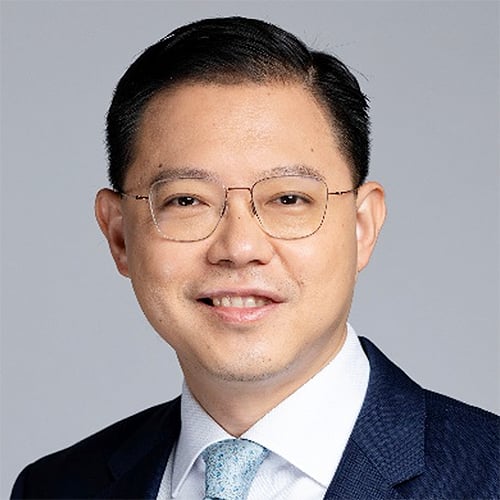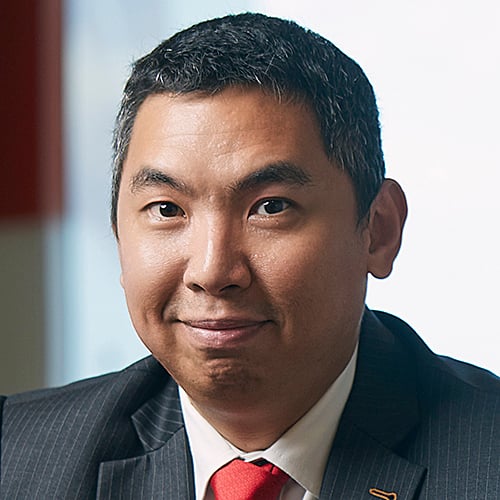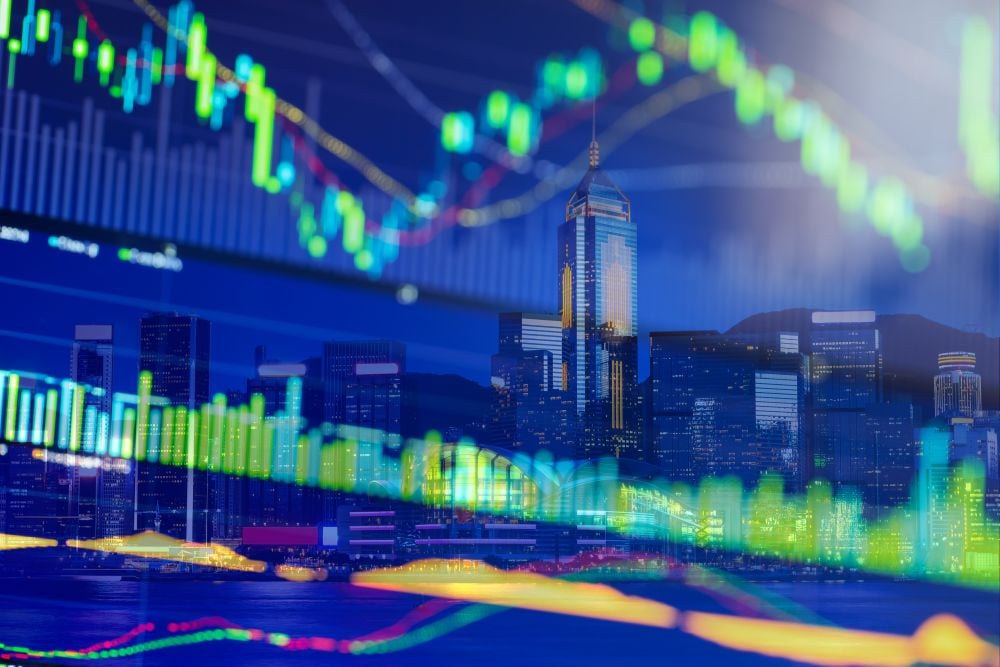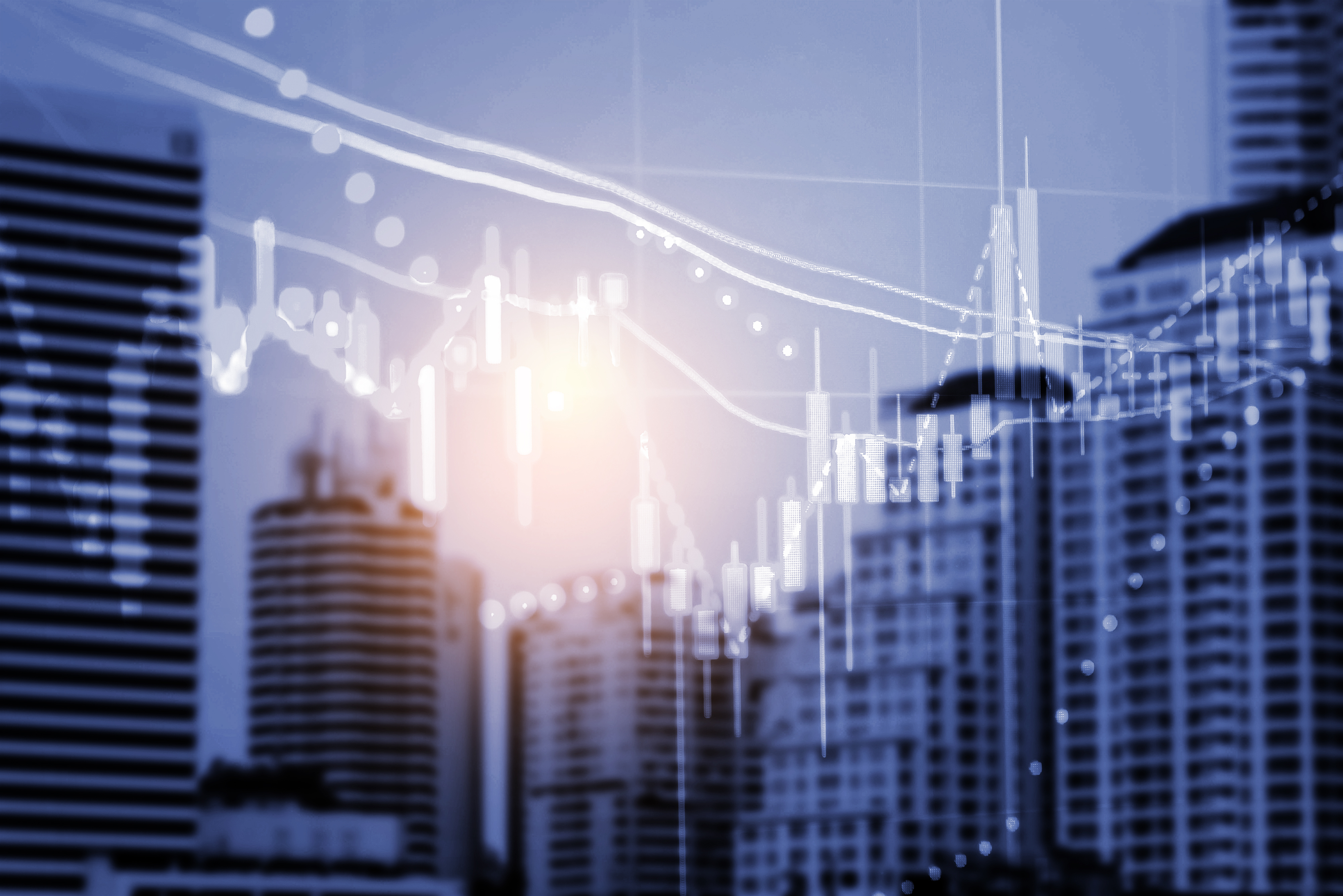Independent impact investing verification firm BlueMark recently closed its Series A funding round with US$10 million in capital commitments from a diverse group of seven investors that included Singapore-based Tsao Family Office and Temasek Trust Capital.
With significant growth opportunities for impact investing in Asia, the support of independent impact verification experts is seen as a vital component in assessing and assuring that investors are delivering on their impact claims and commitments.
BlueMark was founded in January 2020, to date it has completed 125 verifications for investors with a combined US$206 billion in impact assets under management.
The Asset TA spoke with BlueMark BM CEO Christina Leijonhufvud on the growing demand for impact verification services in Asia, a potential new Asian office, and just how an impact investing verification firm goes about its business.
TA: Can you elucidate on exactly what the challenge is that BlueMark is tackling?
BM: The dramatic growth in sustainable and impact investing over the past decade brought with it growing concerns about “impact-washing” – the possibility that investors were making false or exaggerated claims about their impact intentions and results. At the heart of this problem was a lack of a reliable mechanism for holding investors accountable to their claims.
Impact investors had access to a robust set of standards, frameworks and tools for each aspect of impact investing, but there wasn’t an expert third party assessing alignment against these standards or whether they were using the tools effectively.
BlueMark was founded to address this problem, with a mission to strengthen trust in impact investing. The founders had decades of combined experience in impact investing, and had worked with many leading investors in the field to help design and build their impact management and measurement systems.
Impact investing verification addresses the impact-washing problem by verifying investors’ impact management practices and their impact reporting. Our verifications generate data and insights that allow asset managers to see how they compare against their peers and where they have room for improvement.
Meanwhile, the benchmarking that results from these verifications make it easier for asset allocators to identify the right managers for their investment portfolios and to engage with those managers to encourage continuous improvement. The net effect of all these verifications is a market with better-informed decision makers and, therefore, more trust and accountability.
TA: Some engaged investors might say is it more important that sustainable and impact investors demonstrate the tangible results of their investment activities, rather than be concerned about their rating? Can there be one without the other?
BM: We agree that investors should focus on delivering tangible impact performance. After all, that’s what impact investing is all about. The issue is that the market lacks a mechanism for defining what good or bad performance looks like.
Several organizations, such as the Global Impact Investing Network, are working towards developing benchmarks based on impact outputs and outcomes within specific sectors or thematic areas, but it will take a much deeper time series of impact results before these benchmarks provide a way to rigorously evaluate impact performance.
The point of a rating is not to give investors a gold star (or a silver or bronze one), but to offer investors a pathway towards aligning with industry best practices. We firmly believe those investors with the strongest impact management practices and a sophisticated approach to impact reporting are ultimately best-positioned to deliver consistent impact performance.
TA: As a region that creates huge wealth for institutions, families and individuals, is there enough impact investing activity in Asia?
BM: We see huge potential for impact investing in many parts of Asia. The amount of wealth flowing to places like Singapore is only part of that. There’s also a long history here of collaboration between the private and public sectors, especially for critical industries and infrastructure.
As sustainability challenges become more apparent, particularly as climate change increases, many local leaders are beginning to explore the potential of impact investing to address these challenges. We are excited about the future of the impact investing market in Asia but acknowledge that there is a long way to go.
TA: Outsiders might say the problem with impact investing is that a lot of the judgements are subjective?
BM: We see the subjectiveness of impact investing as a feature rather than a flaw. All investment decision-making is subjective as each investor tries to generate financial returns within an acceptable amount of risk, depending on that investor’s strategy and mandate.
Impact investing adds a third element to that risk-return framework. And just like traditional investing, being an effective impact investor requires a strong understanding of best practices in everything from designing an impact strategy to implementing an impact management system to engaging with portfolio companies.
Our verification methodology was designed to bring more rigour to some of these value judgements about what is or isn’t impact, and what steps can be taken to optimize for impact.
TA: With pressure growing on institutions to be green and sustainable, how worried are you about greenwashing and or green-hushing?
BM: Greenwashing and impact-washing is always going to be a concern in this market. But we see scepticism over impact claims and pledges as evidence of growing pains in what is still a maturing market.
Every new market, whether electric vehicles or solar panels, have gone through some version of this as market participants attempt to develop standards and accountability mechanisms. The good news for the impact investing industry is that we now have many of those industry standards, like the Operating Principles for Impact Management and the Impact Management Project.
Green-hushing is a relatively new phenomenon in the US, largely in response to regulatory pressure and the increased politicization of all things ESG [environmental, social and governance] and sustainable investing. We think it’s important that investors continue to be transparent about what they are or aren’t doing, and why or why not.
The investors we work with are all committed to transparency, even if some of them have a long way to go in their impact investing journey. We need more initiatives to encourage transparency, like the Sustainable Finance Disclosure Regulation in the European Union.
TA: What do you do if clients cannot meet your standards?
BM: We specifically designed our verification services to accommodate investors, regardless of where they are in their impact investing journey. This doesn’t mean that we tone down the level of analysis for investors that are smaller or newer.
Instead, we offer diagnostics to assess where investors are now and where they may have room for improvement. These diagnostics create a learning opportunity in which investors have a chance to ask questions and better understand what steps they need to take.
We’ve had clients decide not to publicize their ratings, which is of course their prerogative. We have also advised certain clients to drop the impact label from certain strategies. But by and large, most of the investors we’ve worked with are eager to have an expert third party that can look under the hood of their impact investing systems and processes and offer constructive feedback.
TA: Do you perceive any cultural sensitivities or differences in working with Asian impact investment principals compared with, for example, those in the US?
BM: It’s too early to say what the main differences are going to be between the Asian and US markets. Every market we operate in is slightly different, depending on local regulations and the expectations of investors in that region.
In Europe, there is a greater degree of social consensus around the role of sustainable and impact investing. In the US market, there are a wide variety of approaches to impact investing and significant variance among different investors’ understanding of impact investing. Some might care more about climate-focused investments, while others might prioritize social-focused ones.
The market for impact investing in Asia is still relatively young, but appears poised to develop rapidly with early public sector investments in the market ecosystem and a growing source of next generation wealth. More education and advisory services may be needed at this stage of the market’s development in Asia.
TA: Following the recent investment what are your plans for Asia?
BM: We have plans to expand BlueMark’s presence in Asia, including by opening an office in Singapore and hiring a director in Asia to lead our client engagements in the region.
We have heard firsthand from many of our contacts in and around Singapore about the strong demand for impact verification services, which we see as a signal of the market’s long-term potential. We think it’s important for us to be on the ground where our clients are, and to collaborate in educating the overall market.









